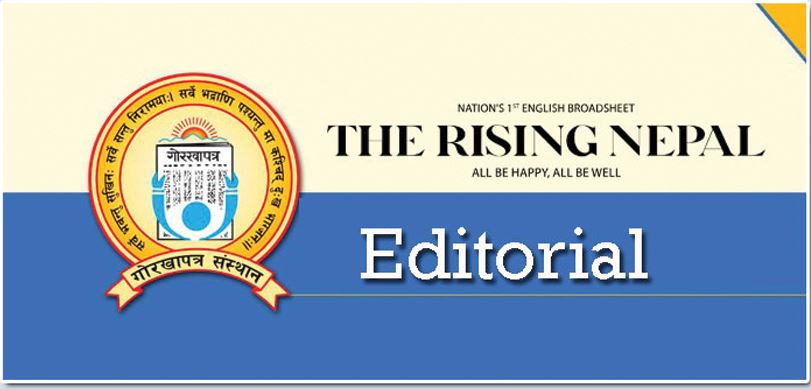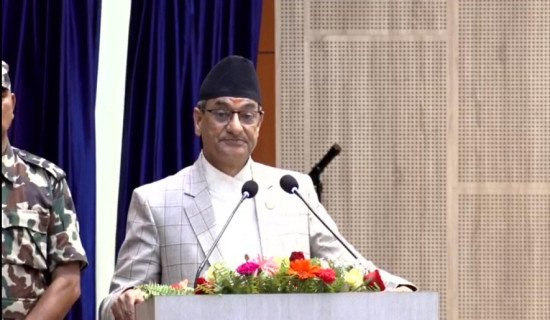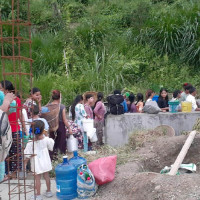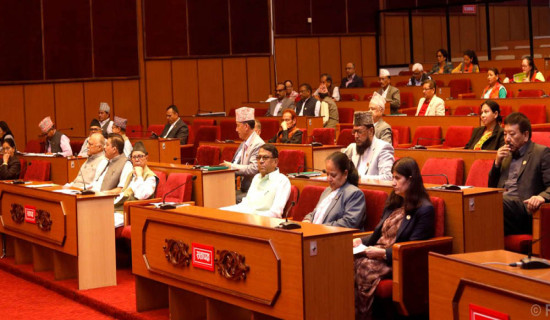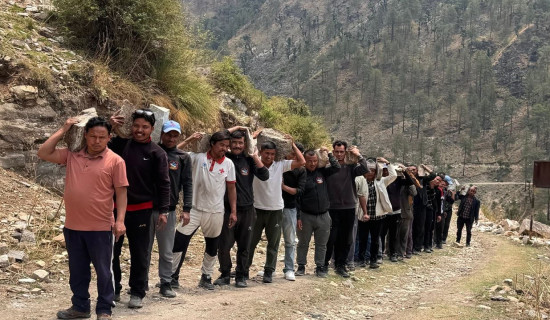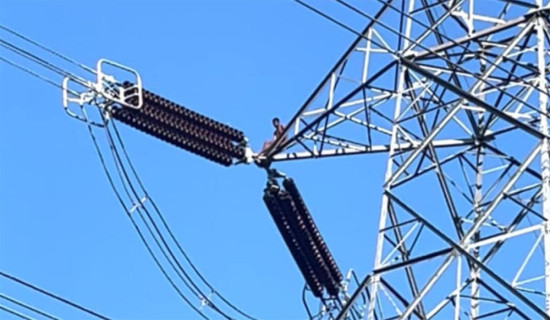- Thursday, 26 June 2025
Explore Local Resources
Local governments, a crucial component of Nepal’s federalism, are gradually building their institutional capacity, essential to be financially autonomous. However, the annual budgets they presented the other day imply that they have yet to prove their mettle in attaining economic self-reliance through the generation and mobilisation of their own resources. The tendency to expand taxes instead of tapping their potential and exploring new sources of revenue is likely to create setbacks. Excessive dependence on the federal and provincial governments hardly enables them to stand on their own feet. This will also hamper them from effectively and efficiently catering goods and services to the people. The elected officials are evaluated based on their performance, not their rosy promises and rhetoric.
Five metropolitan cities and most of the local levels have introduced their budget for the upcoming fiscal year 2025/26, within the deadline specified by the constitution – on the 10th of Asar. Their total budget stands at Rs. 28.27 billion. Lalitpur Metropolitan City’s annual budget is Rs. 7.47 billion, Biratnagar Metropolitan City Rs. 4.04 billion, Birgunj Metropolitan City Rs. 3.22 billion, Bharatpur Metropolitan City Rs. 5.19 billion and Pokhara Metropolitan City Rs. 8.35 billion. Every metropolis has its specific needs and priorities. Infrastructure development, income generation, tourism, environmental protection, good governance and agriculture are some of their common agenda in their fiscal outlays.
One shared characteristic is that all local units heavily rely on provincial and federal government for their budget. For instance, Lalitpur Metropolitan City has brought a budget of Rs. 7.46 billion and out of it, it has expected Rs 1.41 billion from federal government and Rs 182 million from the Bagmati Province government. Of its Rs. 4.04 billion budget, Biratnagar Metropolitan City is estimated to generate income of Rs. 1.4 billion from internal revenue and the remaining money from grants and revenue sharing with the provincial and federal government. The metropolis is not only the capital of Koshi Province but also the commercial and industrial hub of the eastern Nepal.
This is also the case with Birgunj Metropolitan City that hosts a major customs point of the country. Its total budget for the upcoming fiscal year is Rs. 3.22 billion and aims to mobilise only Rs. 1.15 billion from internal revenue and the rest from grants from and revenue sharing with provincial and federal government. Their high dependence on the upper layer of governments denotes that they have been unable to explore the local revenues by exercising the rights and powers stipulated in the constitution.
Like federal and provincial governments, the local levels have not sufficiently spent their capital spending that is mostly around 40 per cent or below 50 per cent. Dismal development expenditures affect the infrastructure projects and service delivery. It is general practice that recurrent expenditures take a lion’s share of the budget and the remaining budget is set aside for development and financial management. However, it is interesting to note that Lalitpur Metropolis has earmarked Rs. 2.96 billion (40 per cent) for recurrent expenditure and Rs. 4.50 billion (60 per cent) for capital expenditure. This is indeed a positive sign for the promotion of the local economy.
Bharatpur Metropolitan City has made headlines for investing in better road networks, agriculture subsidies and digital governance. On the other hand, Pokhara Metropolitan City holds huge potential for tourism development. For all local units, challenges lie in identifying their potential and taking strategic steps to harness it. They must focus on good governance and apply stringent measures to curb corruption so that scarce resources are spent judiciously for the greater benefit of the people.

